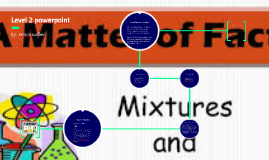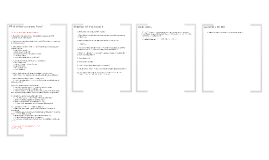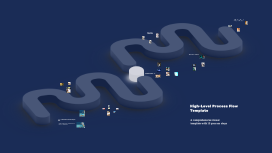High Level Timeline
Transcript: High Level Timeline Overview of Medium Term Phases Key Activities Overview of the Medium Term Importance of Phasing Key activities in this phase encompass prototyping, user testing, and iterative design improvements. Collaborating cross-functionally ensures that feedback is integrated effectively, creating a more tailored end product that meets user needs. The medium term typically spans 1-3 years, focusing on strategic objectives to be achieved. This period allows sufficient time for implementation of initiatives, evaluation of progress, and necessary modifications for achieving goals. Phasing allows for systematic progress monitoring and timely adjustments based on feedback. Each phase builds upon the previous one, fostering a culture of continuous improvement and enhancing overall project quality. Objectives of Phase 1 Feedback Mechanisms and Adjustments The primary objectives of Phase 1 include establishing clear project goals, identifying stakeholders, and aligning expectations. This phase ensures that all participants understand their roles and responsibilities, fostering collaboration and commitment from the outset. Expected Outcomes Objectives of Phase 2 Implementing feedback mechanisms such as surveys and focus groups enables continuous improvement. Adjustments based on feedback ensure that strategies remain effective and relevant to stakeholder needs. The main objectives during this development phase include refining product specifications, increasing team collaboration, and preparing for the next evaluation stage. Prioritizing these objectives enables alignment between stakeholders and enhances overall performance. Expected outcomes from this phase include a refined product prototype, enhanced stakeholder engagement, and actionable insights from user feedback. Achieving these results is crucial for a smooth transition into the evaluation phase and future project success. Purpose of the Timeline Key Activities Phase 1: Initiation Phase 1 focuses on laying the groundwork for the entire timeline, setting objectives, and outlining key activities essential for successful progression. This phase is critical for aligning stakeholders and defining expectations. The timeline provides a structured framework to plan and execute project phases effectively. It ensures that all stakeholders are aligned on objectives, deadlines, and deliverables, promoting transparency throughout the process. Key activities involve data collection, stakeholder interviews, and comprehensive analyses of project outcomes. Regular reviews and adjustments ensure that all results are quantified and aligned with project objectives. Phase 3: Evaluation Key Activities Expected Outcomes Phase 2: Development Objectives of Phase 3 Key activities during Phase 1 involve stakeholder meetings, project kick-off sessions, and defining project scope. Additionally, developing a communication plan and establishing success criteria will guide the project through its lifecycle. Expected outcomes of Phase 1 are a comprehensive project charter, a clear understanding of stakeholder expectations, and a solid foundation for upcoming phases. Successful completion of this phase builds trust and engagement among team members. The Evaluation phase focuses on assessing the outcomes and impacts of the previous phases. This is crucial for determining the success and effectiveness of the overall project strategy. The primary objectives include assessing project performance, ensuring alignment with initial goals, and determining areas for improvement. Establishing clear criteria for evaluation is essential to gauge success accurately. Introduction to Timeline This phase focuses on executing crucial activities to drive project advancement, ensuring objectives are met while managing resources efficiently. Successful development relies on clear goals and strategic actions to facilitate growth and improvement. The timeline serves as a strategic roadmap that outlines essential phases planned over the medium term. Understanding this timeline is crucial for effective project management and successful milestone tracking. Getting it ready... Design at work... Adding final touches... Last checks... Summarize the final subject here. You can start setting up for a conclusion, too Give a brief overview of the subject here Introduce your subject in a short paragraph Describe the achievement Fine-tuning... Thinking cap on... Hang on... Polishing up... Describe key achievements or events Here's a place to close out the presentation and draw conclusions Adding final touches... Describe key achievements or events Provide context for your audience and make it easy for them to follow. Use this space for details that you haven’t talked about yet. Relate what you’re saying to the nearby image so your audience has a visual, too. Details

















